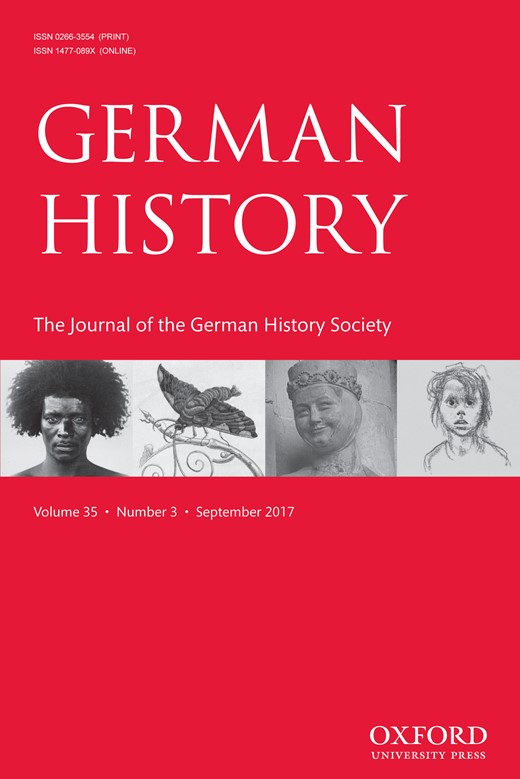-
Views
-
Cite
Cite
Katherine Aaslestad, Cities and War: Modern Military Urbanism in Hamburg and Leipzig during the Napoleonic Era, German History, Volume 35, Issue 3, September 2017, Pages 381–402, https://doi.org/10.1093/gerhis/ghx063
Close - Share Icon Share
Abstract
Cities and war have a long shared history, but the historical constructs to explain the place of the city in modern warfare during the Revolutionary era and nineteenth century are underdeveloped. I define this experience as ‘modern military urbanism’ and explore the examples of Hamburg and Leipzig during the Napoleonic Wars and in their immediate aftermath to highlight the responses of urban society to wartime mobilization, destruction and civilian displacement. To reveal these practices, I analyse how volunteer militias and civic associations operated and intersected with central urban institutions, churches, public spaces and the press and print media in times of war and civilian distress. Associational life, churches and the press formed a trinity that embodies key elements of modern urban militarism in co-operating to support local and state armies, patriotic wartime mobilization, humanitarian relief and postwar commemorative practices and rituals.




